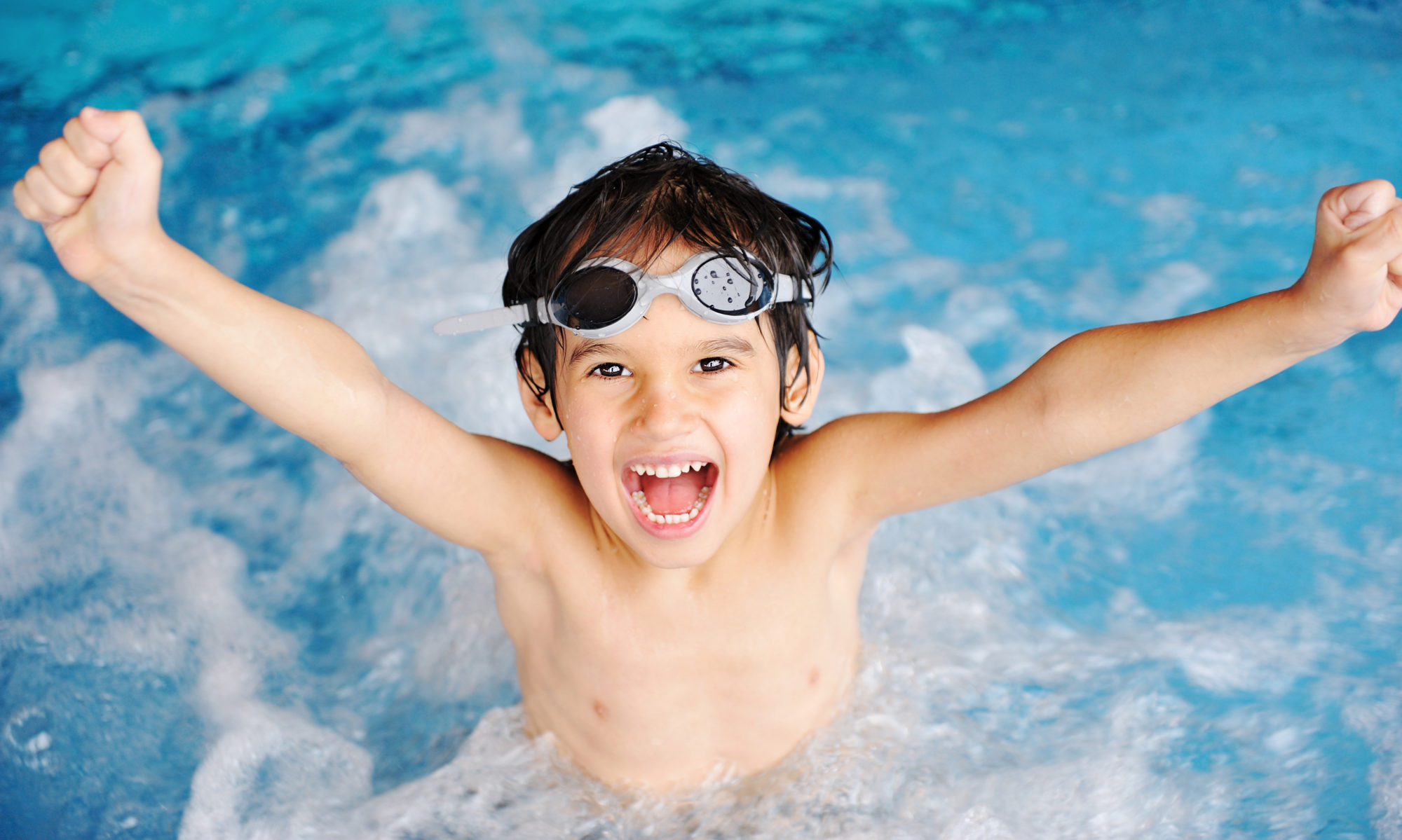Taking care of these six tasks before you start teaching your kids to swim will make the experience more fun—and safer—for everyone. A little advance planning can make the difference between giving your kids good feelings about swimming from the start and giving them issues to overcome.
Do a Health Check
Check with your child’s doctor to make sure your child’s health allows him to start learning to swim. Consider getting a physical yourself. Don’t go swimming if you have GI upset, an infected cut, poison oak, a rash, a fever, a contagious illness, pink eye, an earache, or a cold with green or yellow mucus.
Time It Right
Schedule pool time when your child won’t need a nap and there won’t be loud noises or lots of distractions.
Don’t Eat
Don’t eat for an hour before swimming. Your mom was right. Your body needs time to digest. Acidic foods in particular can combine with the new physical experiences of swimming and the likelihood of swallowed pool water to lead to an upset stomach.
Know the Pool
Familiarize yourself with the pool. How deep is it? Where does the depth change and how deep does it get?
Make a Plan
Plan your approach before you get into the pool. Have a list of activities you want to try and the equipment you’ll need for those activities. Plan more than you actually expect to be able to do, so that you’ll have the flexibility to try new things if what you try first isn’t working. Write your lesson plan on an index card and put it into a waterproof plastic bag. Read your lesson plan and refer to it if you need to during the lesson.
Take Care of Business
Right before you get into the pool, have your child go to the bathroom, blow his nose, and spit gum into the trash. You might as well take care of these things for yourself, too, while you’re at it. If you have to get out of the pool to use the bathroom during your lesson, your child will have to get out, too, and he’ll probably be cold and unwilling to get back into the pool.
And here’s a bonus tip for when you’re in the pool:
Don’t Wear out the Water’s Welcome
Keep your eye on the clock. It’s always better to leave them wanting more.
